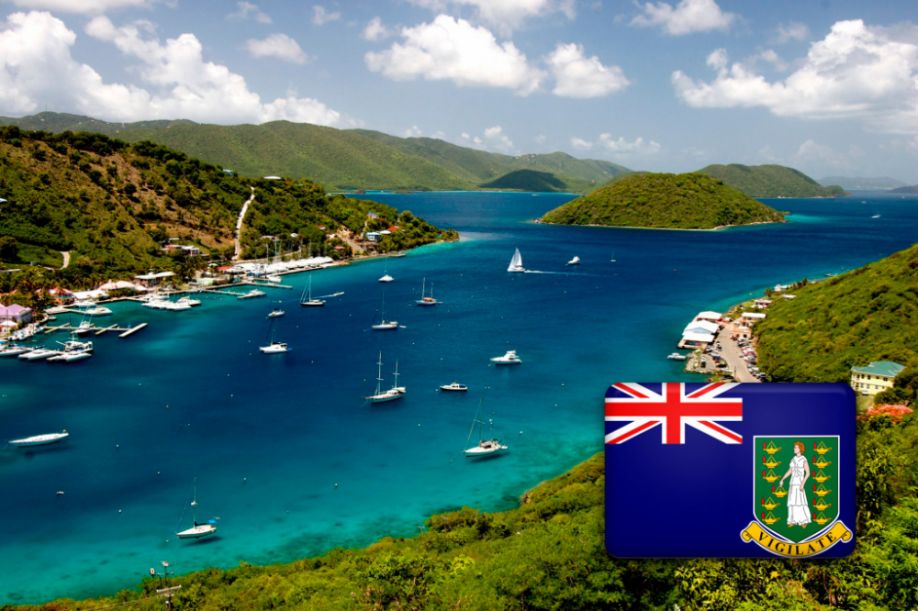Introduction
Along with rapid economic development, high-net-worth individuals in China are becoming increasingly knowledgeable about family trusts, a tool for wealth management and inheritance. The establishment of family trusts is firstly based on the confidence of a settlor in a trustee; however, in order to enhance the settlor’s sense of security when entrusting his or her assets to others, to better achieve the trust’s purposes, and to strengthen the settlor’s supervision over the trustee, many settlors choose to select a protector in their family trust structure, aiming to facilitate maintenance and extend the settlor’s control over the family trust. This will become a common design for family trust structures in the long run.
Around the world, many countries have set up this system of trust protectors. Such a person is called a trust manager in Japan and Korea, or trust protector in several offshore countries. Compared to the legislation and legal precedent of offshore trusts, those in China have only specified the role of trust supervisor for charitable trusts, which are authorized with supervisory rights. But for family trusts, there is no specific regulation for protectors or supervisors, including the right and duty of the protector, and the one associated with appointing and revoking the protector. Moreover, because family trusts have just emerged in China, there is no precedent relevant to the family trust protector either that may be referred to.
In China, family trust protectors were designed largely based on the concept of protectors from offshore trusts. Their main purpose is to monitor trustees. For instance, many offshore trusts authorize protectors with a broad range of powers, such as dismissing and appointing trustees; however, they are prohibited from serving as trustees, or from appointing any individual who has a conflict of interest. This is an obstacle typically set by offshore trusts in order to prevent the protectors from abusing their power. These have restricted the rights of the protectors to some extent. But compared with commercial trusts, family trust structures need to take into account more diversified and complicated factors related to the protector’s rights, such as unspecific beneficiaries, minor or unborn beneficiaries, and unspecific ways of benefitting.
Questions Raised
Currently, a lot of domestic family trust consultants, coupled with some so-called "family offices", try to persuade their clients to designate them as the trust protectors when the client establishes offshore trusts, for the purpose of maintaining a long-term partnership. Because of the independence of the consultants and the family, some clients take it for granted that protectors will behave fairly in the process of managing the family trust to avoid potential conflicts of interest, in the case of those consultants being made their family trust protectors. Therefore, clients may choose consultants or family offices to be the protectors of their family trusts, and authorize them to have certain important powers. Yet such a decision will actually include particularly dangerous risks if the trust structure hasn’t been perfectly designed.
To our understanding, a large number of Chinese clients and consultants at present focus more on the problems likely to occur at the stage of establishing family trusts, while less consideration is given to the various aspects after its establishment. For example, once the first generation (trustor) has passed away, how can conflicts between the protector and the beneficiary be dealt with, and how can issues be solved it if it affects the normal operation of the family trust? Such issues need to be clearly considered at the stage of the family trust’s establishment. Therefore, we have specifically included a case study from a family trust protector’s revocation in order to remind trustors to use discretion when assigning the protector’s role and granting rights.
A Case Study
On July 14, 2015, the Guernsey Royal Court announced its judgment on the case regarding K freedom trust, in which the main dispute was the application of several beneficiaries to ask W, the protector, to leave office.
The beneficiaries believed the seriously deteriorating relationship between the protector and the trustor’s wife, the main beneficiary, had led to several applications by the wife and other trust beneficiaries to the protector and trustee to ask W to leave office.
The protector W declined to leave as she was not a member of that family, which was the precise reason she was selected as the protector. However, given the situation, he agreed to leave once a qualified candidate was found.
The trustee (who was not the original one chosen upon the trust’s establishment), however, held a neutral position in this case. Although he affirmed that he knew about the deteriorating relationship between the trustor’s wife and the protector, he also believed that the trust should not operate until the new protector was appointed.
From the perspective of revoking the protector’s rights, because such a case had never taken place at Guernsey, the Court used the previous legal precedents from Jersey Island for reference. According to the Jersey law, the protector’s rights can be revoked as long as the right of the beneficiaries or the management of the trust is affected, not necessarily in the situation to avoid dismissal of the trust. The case for K trust completely satisfied such regulations, so the final judgment approved the application of the beneficiaries to revoke the protector’s rights, based on the fact that the beneficiaries’ rights and the trust management had been severely affected.
The thought-provoking part about the case is that the hostile attitude between the beneficiaries and the protector ultimately resulted in the revocation. Although such a case is not common, it would be better for protectors to first carefully consider whether or not he/she will continue maintaining the role of protector if they were faced with a similar case. Once the protector decides to leave office, the protectors should agree on an exit program with the beneficiaries in a timely manner, to avoid affecting the continuous operation of the trust.
As time goes on, after the demise of the older generation, family trust beneficiaries will almost inevitably experience conflict with the protector appointed by the older generation. All parties should be fully aware of their own rights and exercise them properly.
Summary
Compared with other trusts, family trusts more obviously separate the trust assets’ ownership from people’s rights. In addition, they have the following characteristics: longer trust terms, excessive rights for trustees, and the prevention of trustors and beneficiaries from providing supervision.
Originating from offshore trusts, the trust protector system mainly aims to strengthen the supervision of trustees. Therefore, in family trusts, the trustors have the right to designate someone who will not only follow their will but also fully protect the interests of the beneficiaries as the protector, which seems particularly important. But if the relevant circumstantial changes in the future are not adequately taken into account when family trusts are established, the supervisory and protective role of the protector may not be realized; in contrast, the implementation of the family trust could be affected.
















